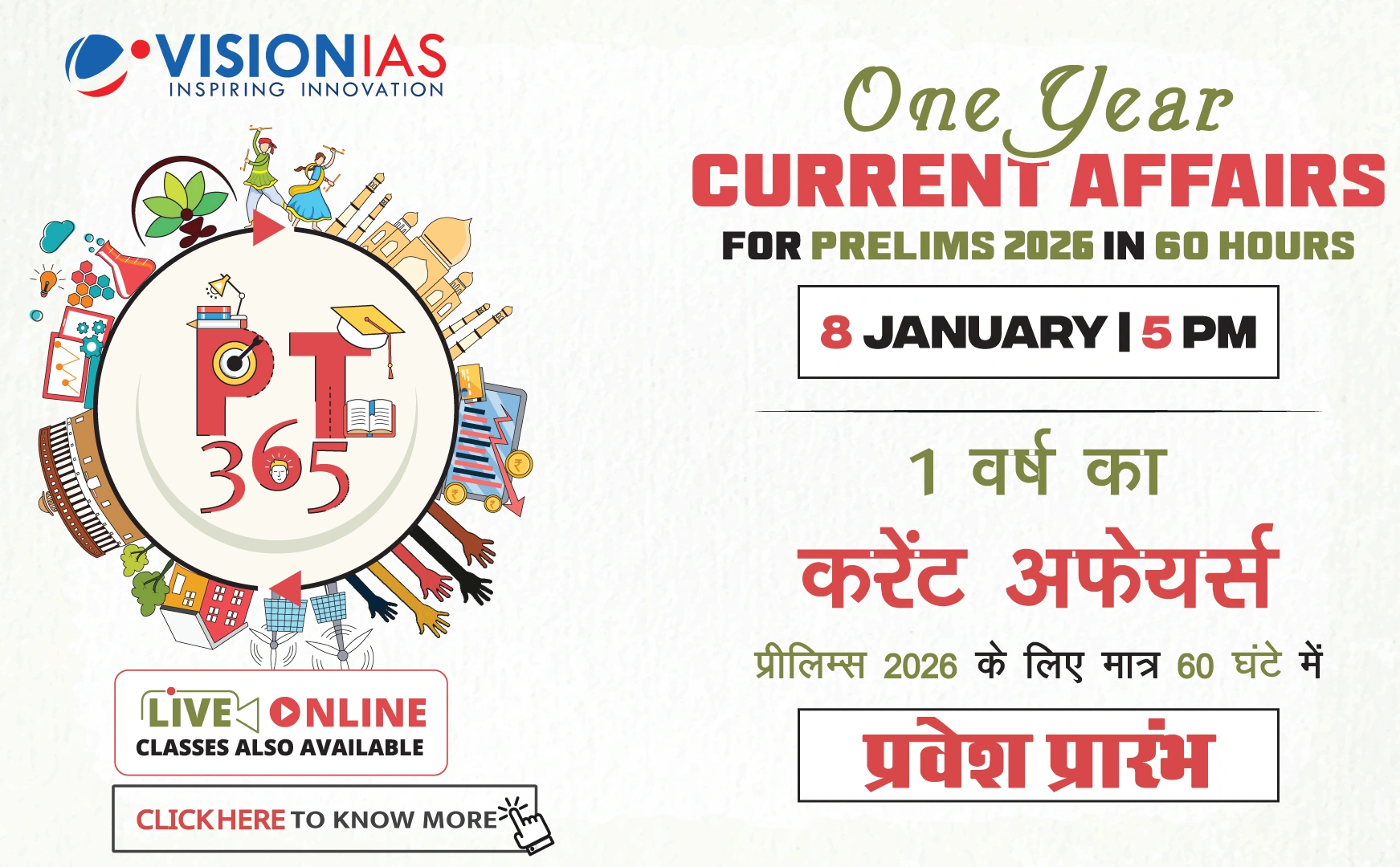Overview of the Indian Marine Fisheries Sector
India's marine fisheries sector has stabilized at around three to four million tonnes of annual capture, reaching its maximum potential yield. Despite this, there is significant inequity in the sector.
- Disparity in Catch: Small-scale fishers, who make up 90% of the fishing population, catch only about 10% of the total volume. The rest is captured by larger, mechanized operations.
- Poverty Levels: Three-quarters of marine fisher families in India live below the poverty line.
Challenges and Ecological Impact
The quest for higher yields leads to practices that have detrimental ecological and economic impacts.
- Bycatch Issues: On commercial shrimp trawlers, for every kilogram of shrimp, over 10 kilograms of juvenile fish and non-target species are discarded, damaging biodiversity.
- Juvenile Fishing: Smaller mesh sizes allow sub-legal fish to be caught, reducing spawning stock biomass and impacting species like sardine and mackerel.
- Regulatory Complications: Each coastal State/Union Territory has its own Marine Fisheries Regulation Act (MFRA), creating regulatory inconsistencies that can be exploited.
Recommendations for Improvement
- Harmonize Regulations: Implement national standards with scientifically established catch limits and uniform regulations for minimum legal size (MLS) and fishing gear restrictions.
- Learn from Global Practices: New Zealand's quota management system aligns science and policy, offering a model for India.
- Targeted Size Limits: Success in Kerala shows that enforcing minimum legal sizes can significantly increase catches.
- Control Fish-Meal Industry: Cap FMFO quotas and redirect bycatch towards local aquaculture to conserve biodiversity.
Implementation and Community Involvement
- National and State Actions: Optimize vessel licensing, enhance enforcement, and use technology for real-time reporting.
- Community Role: Empower fisher cooperatives and village councils as co-managers of marine areas.
- Consumer Influence: Encourage consumers to choose legally sized, sustainably sourced seafood to protect biodiversity.
Conclusion
The future of India's marine biodiversity and fishing communities depends on adopting science-based quotas, harmonizing regulations, promoting community stewardship, and focusing on long-term sustainability. Immediate action is needed to protect marine life for food security and future generations.



